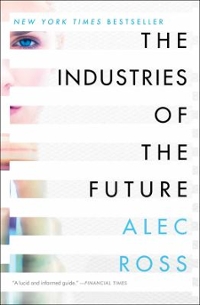Question
A New York City taxi medallion, which gives the owner a license to operate a taxi, is a valuable commodity. Medallions trade in a weekly
A New York City taxi medallion, which gives the owner a license to operate a taxi, is a valuable commodity. Medallions trade in a weekly market at about a $1M each. There are 15,000 medallions outstanding today, the same as over 75 years ago. The taxi services market is an example of monopoly-like control of competition sanctioned by government regulation -- the New York City Taxi Commission. In the New York City taxi market, suppose weekly demand for taxi trips is estimated as Q = 10 - 0.5P, where Q is the number of trips in millions and P is the average dollar price of one trip. Meter rates currently regulated by the New York City Taxi Commission imply that $15 is the average fare per trip. A fully-utilized taxi can make a maximum of 140 trips per week. The typical taxi's total cost of providing Q weekly trips is C(Q) = 140 + 10Q. Total cost includes driver wages, normal economic profits for the investment in a medallion, taxi depreciation and fuel. a. a. Instead of limiting the number of medallions to 15,000, suppose the Commission charges a profits tax to anyone that wants to provide taxi service. At the average regulated fare, what is the maximum tax the Taxi Commission should charge per fully-utilized taxi and how many fully-utilized taxis should serve NYC? b. Suppose the Commission sets the taxi meters so that the average price, P, maximizes total industry profit. The profits tax in a. above can then generate as much revenue as possible. What is the profit maximizing price, number of weekly trips, and number of taxis serving NYC? c. Suppose the Commission embraces a free market solution, allowing completely free entry into the taxi market and competitive market fares. If the taxi market is perfectly competitive, what price will eventually prevail for an average fare? How many trips will occur and how many fully-utilized taxis will operate in NYC? d. Some argue that a monopolistically, not perfectly, competitive structure is the most realistic description of a taxi market. Taxi trips are not homogeneous services. In the long-run, suppose the average fare in this structure falls from $15 to $11.12 per trip because of free entry into the market and the additional cost of advertising individual taxi services. At this price, how many trips would a typical taxi make per week and how many taxis would operate in NYC?
Step by Step Solution
There are 3 Steps involved in it
Step: 1

Get Instant Access to Expert-Tailored Solutions
See step-by-step solutions with expert insights and AI powered tools for academic success
Step: 2

Step: 3

Ace Your Homework with AI
Get the answers you need in no time with our AI-driven, step-by-step assistance
Get Started


